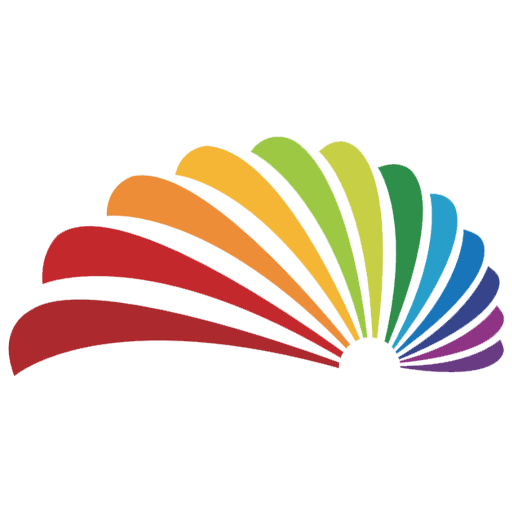What is a TFT Display Technology?
The word TFT means Thin Film Transistor. It is the technology that is used in LCD displays. We have additional resources if you would like to learn more about what is a TFT Display. This type of LCDs is also categorically referred to as an active-matrix LCD.
These LCDs can hold back some pixels while using other pixels so the LCD screen will be using a very minimum amount of energy to function (to modify the liquid crystal molecules between two electrodes). TFT LCDs have capacitors and transistors. These two elements play a key part in ensuring that the TFT display monitor functions by using a very small amount of energy while still generating vibrant, consistent images.
Industry nomenclature: TFT LCD panels or TFT screens can also be referred to as TN (Twisted Nematic) Type TFT displays or TN panels, or TN screen technology.
What is IPS Display Technology?
IPS (in-plane-switching) technology is like an improvement on the traditional TFT LCD display module in the sense that it has the same basic structure, but has more enhanced features and more widespread usability.
IPS LCD monitors consist of the following high-end features:
– wider viewing angle,
– more consistent,
– accurate color in all viewing directions,
– has higher contrast,
– faster response time.
But IPS screens are not perfect as it has a higher manufacturing cost.
TFT Display vs. IPS Display
Both TFT display and IPS display are active-matrix displays, neither can’t emit light on their own like OLED displays and have to be used with a back-light of white bright light to generate the picture. Newer panels utilize LED backlight (light-emitting diodes) to generate their light hence utilizing less power and requiring less depth by design. Neither TFT display nor IPS display can produce color, there is a layer of RGB (red, green, blue) color filter in each LCD pixels to produce the color consumers see. If you use a magnifier to inspect your monitor, you will see RGB color in each pixel. With an on/off switch and different level of brightness RGB, we can get many colors.
| Feature | TFT Display | IPS Display |
| Wide Viewing Angles | Wider viewing angles are not always welcome or needed. Image you work on the airplane. The person sitting next to you always looking at your screen, it can be very uncomfortable. There are more expensive technologies to narrow the viewing angle on purpose to protect the privacy. | Winner |
| High Contrast | Winner | |
| Fast Response Time | Winner. IPS TFT screens have around 0.3 milliseconds response time while TN TFT screens responds around 10 milliseconds which makes the latter unsuitable for gaming | |
| Cost | Winner. TFT LCD production technology is more mature than IPS LCD, hence it has a better production yield vs IPS LCD (costs around 30-50% lower) | |
| Representation and Reproduction of Colour | Winner. the images that IPS displays create are much more pristine and original than that of the TFT screen. IPS displays do this by making the pixels function in a parallel way. Because of such placing, the pixels can reflect light in a better way, and because of that, you get a better image within the display.
As the display screen made with IPS technology is mostly wide-set, it ensures that the aspect ratio of the screen would be wider. This ensures better visibility and a more realistic viewing experience with a stable effect. |
|
| Color Image Quality | Winner. IPS displays tend to have better clarity of color than TFT displays is a better crystal oriental arrangement which is an important part. | |
| Energy Consumption | Winner. While the TFT LCD has around 15% more power consumption vs IPS LCD, IPS has a lower transmittance which forces IPS displays to consume more power via backlights. TFT LCD helps battery life. | |
| Image Sticking or “Ghosting” | No clear winner as it depends on the display screen manufacturer. Generally speaking, TFT is less likely to experience this issue | Image Sticking is when an image will stay on for a short time when instead it should be off |


